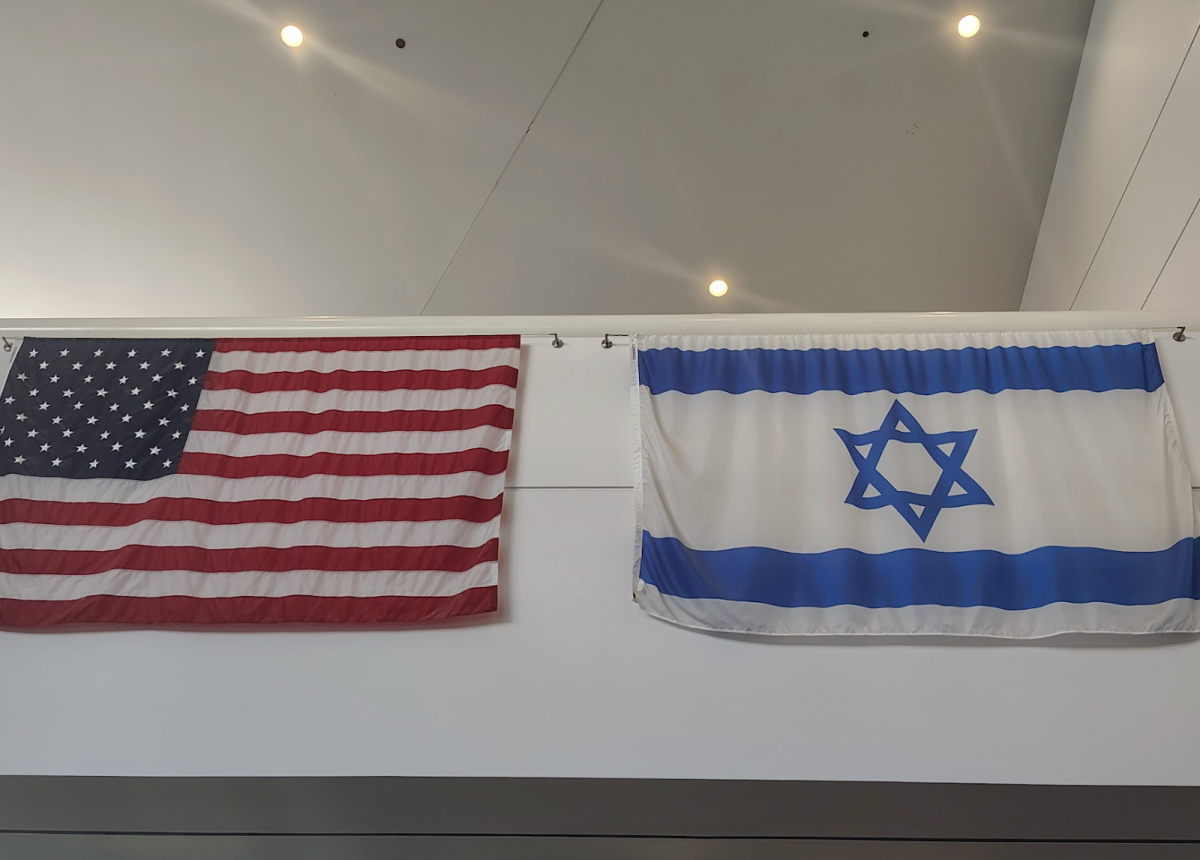Fashion: The Language of Modern Culture
February 7, 2017
When it comes to international relations, there are multiple aspects that make one country differ from another: geography, culture, religion, language, and weather, just to name a few. However, fashion is an international entity that can be interpreted by all.
In a New York Times article entitled “When Politics Became a Fashion Statement,” author Vanessa Friedman writes, “In a world of white noise and factional cacophony, a world where the first line of communication is visual, clothes are our shared language. Whether you like what you see or not, you can read it.”
Fashion is not simply what we wear on a day to day basis, but a statement of who we are and what we believe in. Fashion has the power to convey our beliefs, religion, and even political affiliation.
Nothing regarding fashion is random.
dTHS senior, Briah Taubman, president of the school’s fashion club, spoke recently to Mr. Soltis’s 11th grade AP Language class. She discussed the reasoning behind leggings, a popular clothing piece among women: “Leggings originated from the fear of obesity, one of the leading causes of death in the world, especially in America.”
Leggings are everywhere. No matter where you go today, whether it be the gym, school, or the supermarket, you will always see someone wearing workout clothes, especially leggings. Stores such as Lululemon and Athleta gained their popularity from the obsession with physical fitness that emerged, an obsession based on the fear of a dangerous health condition.
The people who wear leggings, however, are not making this statement about physical fitness- it is the designers who are making. Likely, most people are unaware of the root cause of this trend.
So, a trend may be based on a fear, but it could also be based on a controversial political situation. Beyonce’s Super Bowl 50 halftime show, for example, is a performance associated directly with the Black Lives Matter movement.
Each article of clothing she and her dancers wore were meticulously designed to express her support. For example, rather than straighten or change their hair, each black dancer wore their natural hair with pride, while her black leather wardrobe referenced Malcolm X and the Black Panthers.
She unleashed not only an unforgettable performance upon her audience, but created awareness through her political statement.
Similarly, Lady Gaga’s notorious “meat dress,” (worn to the MTV Video Music Awards in 2010) served not only as another attention-grabbing outfit, but also as a reference to a speech she made in 2010, entitled “The Prime Rib of America.”
This speech urged the US military to reject the Don’t Ask, Don’t Tell policy, which discriminated against gay men and women who wanted to serve the country. The costume represented Gaga’s protest against the law that prevented the military from enjoying “the greatest cut of meat [her] country has to offer,” according to Vogue magazine.
During last year’s presidential campaign season, the iconic outfit worn by Hillary Clinton was much more than a white Ralph Lauren pantsuit. Instead, it was an homage to the early feminist movement.
In the early 1890’s, suffragettes were encouraged to wear the color white – a symbol of purity and virtue. As the first woman in American history to be nominated as the official candidate for a major political party, Clinton’s fashion choices reminded the world of the journey that it took to achieve this crucial moment in history.
But this fashion statement may be interpreted differently. When she was the First Lady (1993-2001), Clinton generally wore skirts and dresses, but as the candidate for Presidency, Clinton never wore a dress. This begs a new question. Had she worn more “feminine attire,” would society’s perception have been the same?
dTHS junior Gabby Resnick said, “Throughout history, men have been the dominant, respected gender. Powerful women in society are a newer phenomena, and wearing a pantsuit gives the audience the impression of superiority and of professionalism. Seeing a woman as a presidential candidate is something that Americans have never seen before.”
It is impossible to know whether this change in wardrobe may have had an impact on change in America. However, clothing represents much of who we are, and who we strive to be.
The clothes that we wear on our bodies express more than meets the eye. In times as crucial as these, we are told to speak up, to make our voices heard, to speak our minds. Whether you have realized it or not, your clothes do just that.





























Sarah Golden • Feb 15, 2017 at 11:38 am
Love the article and the idea that “clothes are speech.” Indeed they are!